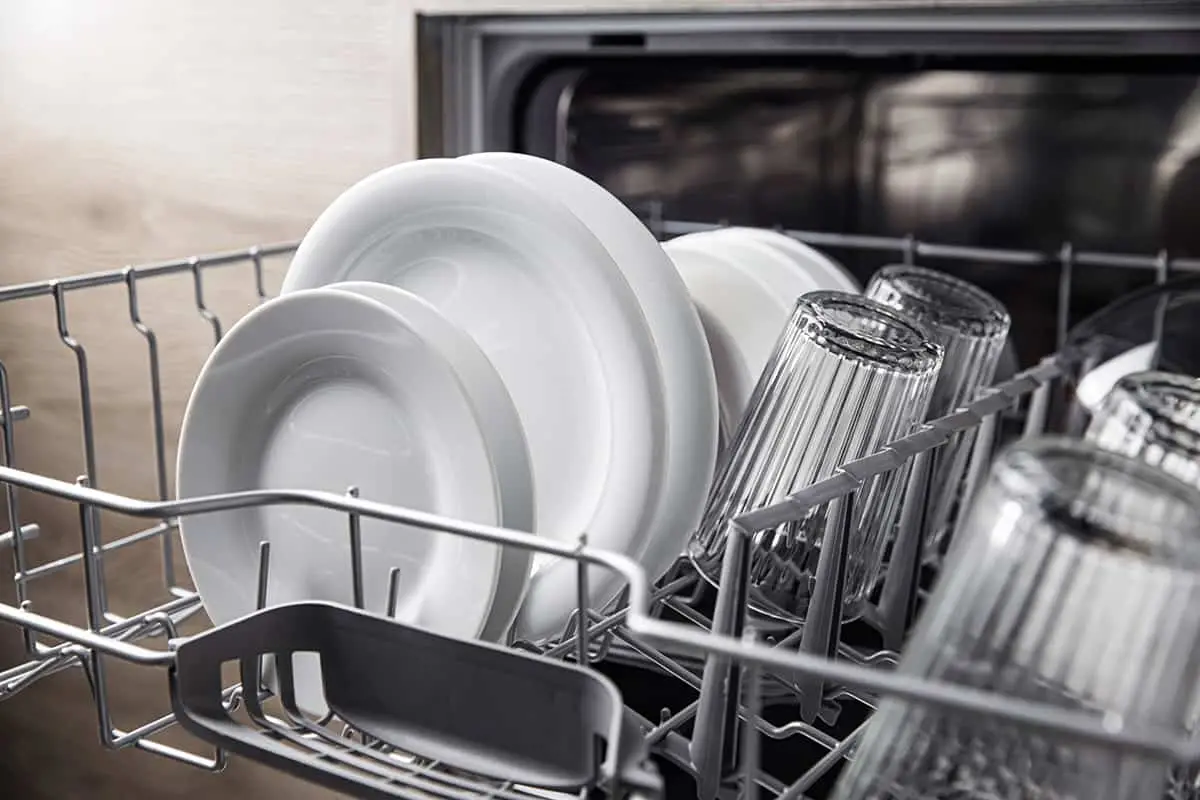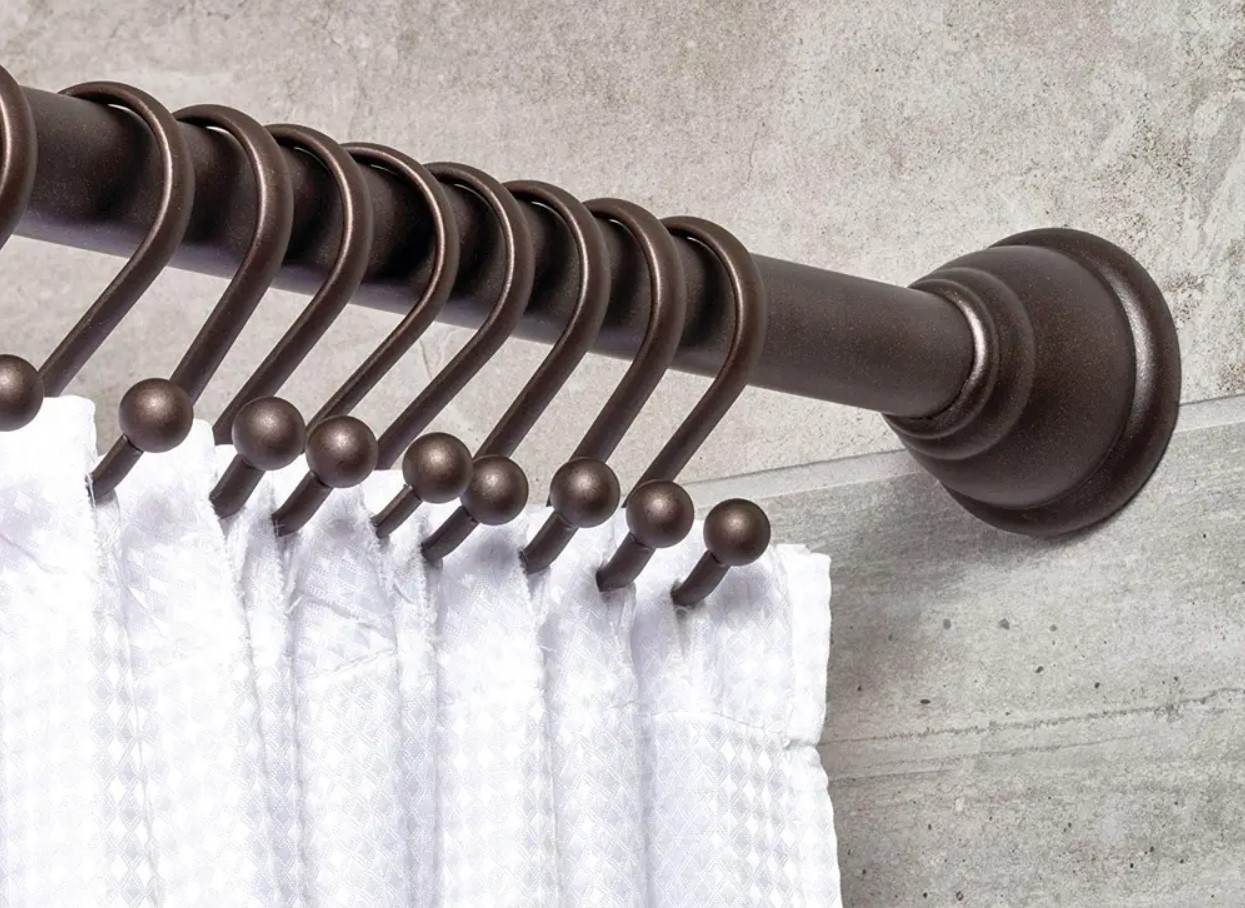Silver is a popular metal used in a wide range of applications, including jewelry, coins, and cutlery. Known for its beauty and durability, silver is prized for its bright, reflective appearance. However, despite its many positive qualities, silver is prone to tarnishing. Tarnishing is a natural process that occurs when silver reacts with substances in the environment, such as sulfur compounds, and forms a dark, unsightly layer on the surface of the metal. In this post, we’ll explore the science behind tarnishing, what causes it, and what can be done to prevent it.
Tarnishing is a chemical reaction that occurs when silver reacts with sulfur compounds in the air, such as hydrogen sulfide (found in the atmosphere and in certain foods), and forms silver sulfide. The silver sulfide creates a dark, dull appearance on the surface of the metal. This reaction is accelerated by environmental factors such as heat, humidity, and light, which is why tarnishing is often more pronounced in hot, humid climates. In addition, other factors, such as air pollution, can also increase the rate of tarnishing.
Fortunately, tarnishing can be prevented by proper care and storage. One of the simplest ways to prevent tarnishing is to store silver in a cool, dry place, away from light and moisture. Airtight containers and anti-tarnish strips can also help to slow the rate of tarnishing. Additionally, cleaning silver regularly with a soft cloth and mild soap can help to remove any build-up of tarnish and keep the metal looking bright and shiny. Ultimately, proper care and storage will help to ensure that silver remains looking its best for years to come.
Does Silver Rust Or Tarnish
First of all, let’s clear up one common misconception – silver does not rust. Rust is a type of corrosion that occurs when iron reacts with oxygen and moisture to form iron oxide, which is commonly known as rust. Silver, on the other hand, is a completely different metal with different properties and a different reaction to the environment.
Now, onto tarnishing. Tarnishing is a natural process that occurs when silver reacts with sulfur compounds in the air and forms a dark layer of silver sulfide on the surface of the metal. This reaction is completely normal and is just one of the ways that silver reacts to the environment.
Now, while tarnishing may seem like a negative aspect of silver, I personally think it’s actually a fascinating aspect of the metal. You see, tarnishing is just one way that silver can change and evolve over time, giving each piece its own unique character and history. It’s also easily preventable with proper care and storage, so you can keep your silver looking bright and shiny for years to come.
There are a variety of products and methods available for preventing tarnishing in silver. For example, anti-tarnish strips are an easy and convenient option that can simply be placed in with your silver to help slow the rate of tarnishing. Cleaning silver regularly with a soft cloth and mild soap can also help to remove any build-up of tarnish and keep the metal looking bright and shiny.
Ingredient that Contributes to Tarnishing in Silver and Comparison Table
- Silver: Silver is a naturally occurring metal that has a bright, reflective appearance and is widely used in jewelry, coins, and cutlery. It has a unique chemical composition that makes it prone to tarnishing when exposed to certain environmental factors.
- Sulfur Compounds: Sulfur compounds are present in the air and in certain foods and can react with silver to form a dark layer of silver sulfide on the surface of the metal. Hydrogen sulfide (found in the atmosphere and in certain foods) is one example of a sulfur compound that can contribute to tarnishing.
- Heat: Heat can accelerate the rate of tarnishing in silver. This is because higher temperatures increase the rate of chemical reactions, causing tarnishing to occur more quickly.
- Humidity: Humidity can also contribute to tarnishing in silver. The moisture in the air can react with the metal and contribute to the formation of tarnish.
- Light: Light can also play a role in tarnishing silver. Exposure to light can cause silver to become more brittle and prone to reacting with sulfur compounds in the air.
| Ingredient | Role in Tarnishing |
|---|---|
| Silver | Base metal that reacts with environmental factors |
| Sulfur Compounds | Reacts with silver to form silver sulfide |
| Heat | Accelerates the rate of tarnishing |
| Humidity | Contributes to tarnishing by reacting with silver |
| Light | Increases brittleness and reactivity of silver |
It’s important to note that tarnishing is a natural process that occurs with silver over time. However, with proper care and storage, tarnishing can be prevented or slowed down to keep your silver looking bright and shiny for years to come.

Table of Equipment that Can Be Used to Prevent or Slow Down Tarnishing in Silver
| Equipment | Purpose |
|---|---|
| Anti-tarnish strips | Used to slow the rate of tarnishing by absorbing sulfur compounds from the air |
| Cleaning cloth | Used to gently clean the surface of silver and remove any build-up of tarnish |
| Mild soap | Used to clean silver and remove tarnish |
| Airtight containers | Used to store silver in a protective environment that prevents exposure to air, light, and humidity |
| Silica gel packs | Used to absorb moisture and prevent tarnishing in storage containers |
| Polishing cloth | Used to buff silver and restore its shine after cleaning |
It’s important to use gentle and non-abrasive methods and materials when working with silver to avoid damaging the surface of the metal. Regular cleaning and proper storage can help to prevent tarnishing and keep your silver looking bright and shiny for years to come.

Step-by-step Instruction on How to Tarnish Silver
- Gather materials: You will need silver, sulfur compounds (such as hydrogen sulfide or sulfur dioxide), a container, and a heat source.
- Prepare the silver: Clean the surface of the silver to remove any oils or dirt that may prevent tarnish from forming.
- Add sulfur compounds: Place the silver in the container and add the sulfur compounds. You can use hydrogen sulfide or sulfur dioxide.
- Apply heat: Apply heat to the container to increase the rate of reaction between the silver and the sulfur compounds. This will accelerate the rate of tarnishing.
- Observe the tarnishing process: As the reaction between the silver and the sulfur compounds proceeds, you will observe a dark layer of silver sulfide forming on the surface of the silver. This is the tarnish.
It’s important to note that while tarnishing is a natural process that occurs with silver over time, artificially tarnishing silver in this manner is not recommended. This is because the process can be dangerous and can release harmful gases. Additionally, tarnishing can negatively affect the appearance and value of silver. To prevent tarnishing, it is recommended to store silver in a cool, dry place, away from sources of moisture, heat, and light.
FAQ
Can silver rust like iron?
No, silver cannot rust like iron. Rust is a type of corrosion that occurs specifically in iron and iron alloys, not in silver. Instead, silver tarnishes when exposed to certain environmental factors such as sulfur compounds, heat, humidity, and light.
How can I prevent tarnishing in silver?
To prevent tarnishing in silver, it is recommended to store silver in a cool, dry place, away from sources of moisture, heat, and light. You can also use airtight containers with silica gel packs to absorb moisture, or use anti-tarnish strips to absorb sulfur compounds from the air. Regular cleaning with a gentle, non-abrasive cloth can also help to prevent tarnish build-up.
How do I remove tarnish from silver?
Tarnish can be removed from silver by using a cleaning cloth or a mild soap solution. To clean silver, gently rub the surface of the metal with a soft cloth and the soap solution, being careful not to scratch the metal. You can also use a specialized silver cleaning solution or a polishing cloth to remove tarnish.
Does tarnishing affect the value of silver?
Tarnishing can affect the appearance of silver and may negatively impact its value, especially in the case of antique or collectible silver items. It is important to take proper care of silver to prevent tarnishing and maintain its appearance and value.
Can tarnishing be reversed?
Tarnishing can be reversed to some extent by cleaning and polishing the silver. However, once tarnish has formed, it is difficult to fully remove it without affecting the surface of the silver. To prevent tarnishing, it is important to store silver in a protective environment and take proper care of the metal.




Leave a Reply